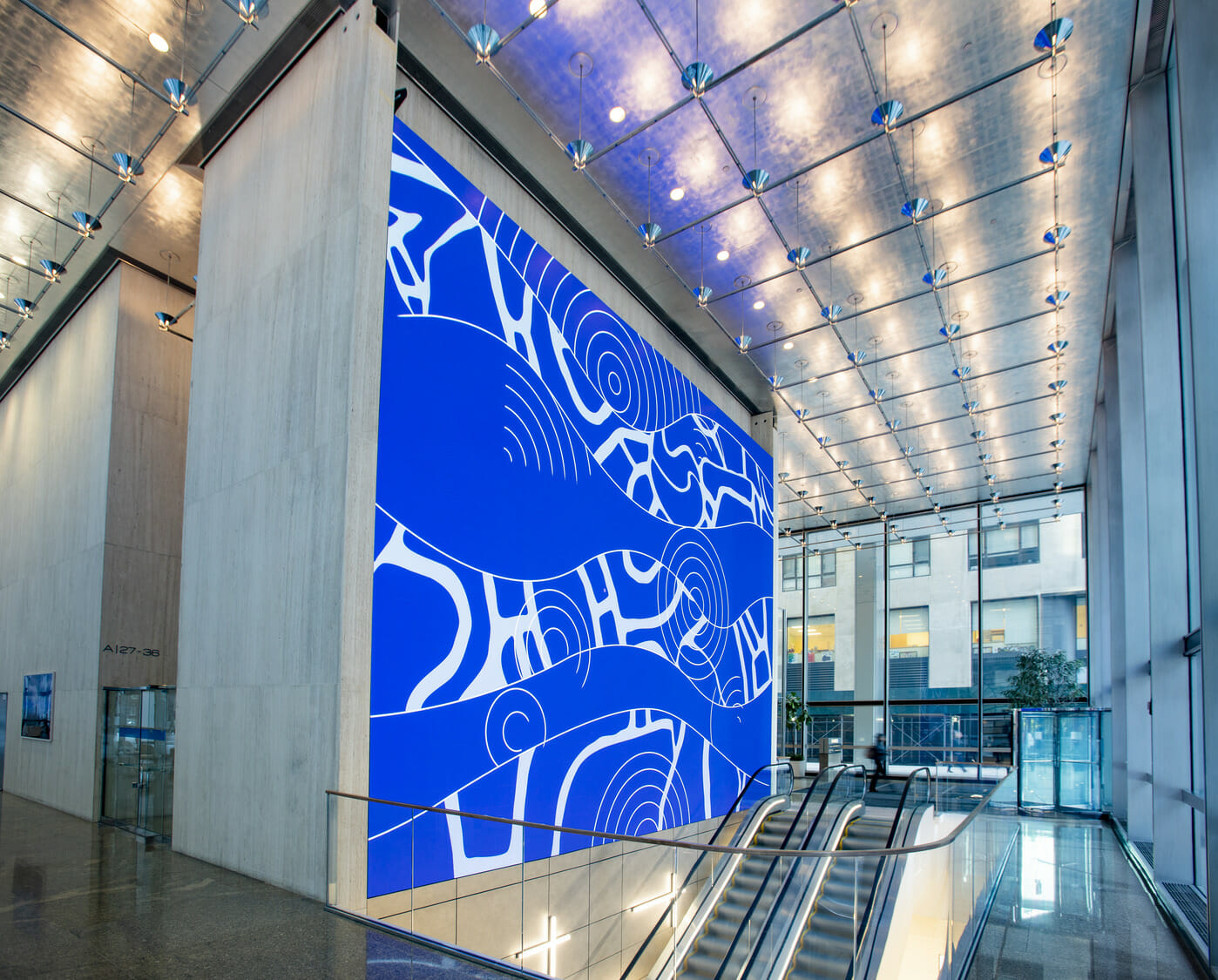When talking about image clarity, it is crucial to consider pixel spacing, which is the gap between the midpoint of one pixel to the center of the following pixel. A smaller pixel spacing yields a greater image clarity, enabling additional clarity in the visuals shown. For instance, an LED screen with a picture pitch of 1.5mm will offer a clearer image than one with a pixel spacing of 3mm. This is especially important in environments where viewers are near to the display, such as in a compact location or a exhibition event booth. In these cases, a greater get more resolution can significantly enhance the viewing quality.
Another aspect of image clarity is its impact on color accuracy and brightness. LED screens with greater image clarity often have better hue rendering, indicating that the hues displayed are increasingly vibrant and true to life. This is crucial for uses like advertising, where the goal is to capture interest and communicate a message effectively. Additionally, higher image clarity screens can maintain luminosity levels even when seen from different angles. This is important in big locations where audiences may be seated at various ranges and positions from the display.

The performance of LED walls is also affected by image clarity in terms of update rates and reaction durations. A greater image clarity screen can handle faster refresh rates, which is essential for dynamic content such as videos and animations. This means that the images on the screen will appear smoother and more fluid, enhancing the total observing quality. In contrast, lower image clarity displays may struggle with fast-moving content, leading to blurriness or lag. Therefore, for events that rely on dynamic visuals, choosing a screen with a suitable resolution is critical.
In conclusion, resolution plays a vital role in determining the performance and image clarity of LED screens. Elements such as picture spacing, hue accuracy, brightness, update frequencies, and reaction durations all affect how efficiently a display can convey information and engage viewers. As technology continues to advance, grasping these factors will assist operators choose the appropriate LED screen for their particular requirements, ensuring that they achieve the optimal possible results in their presentations and events.